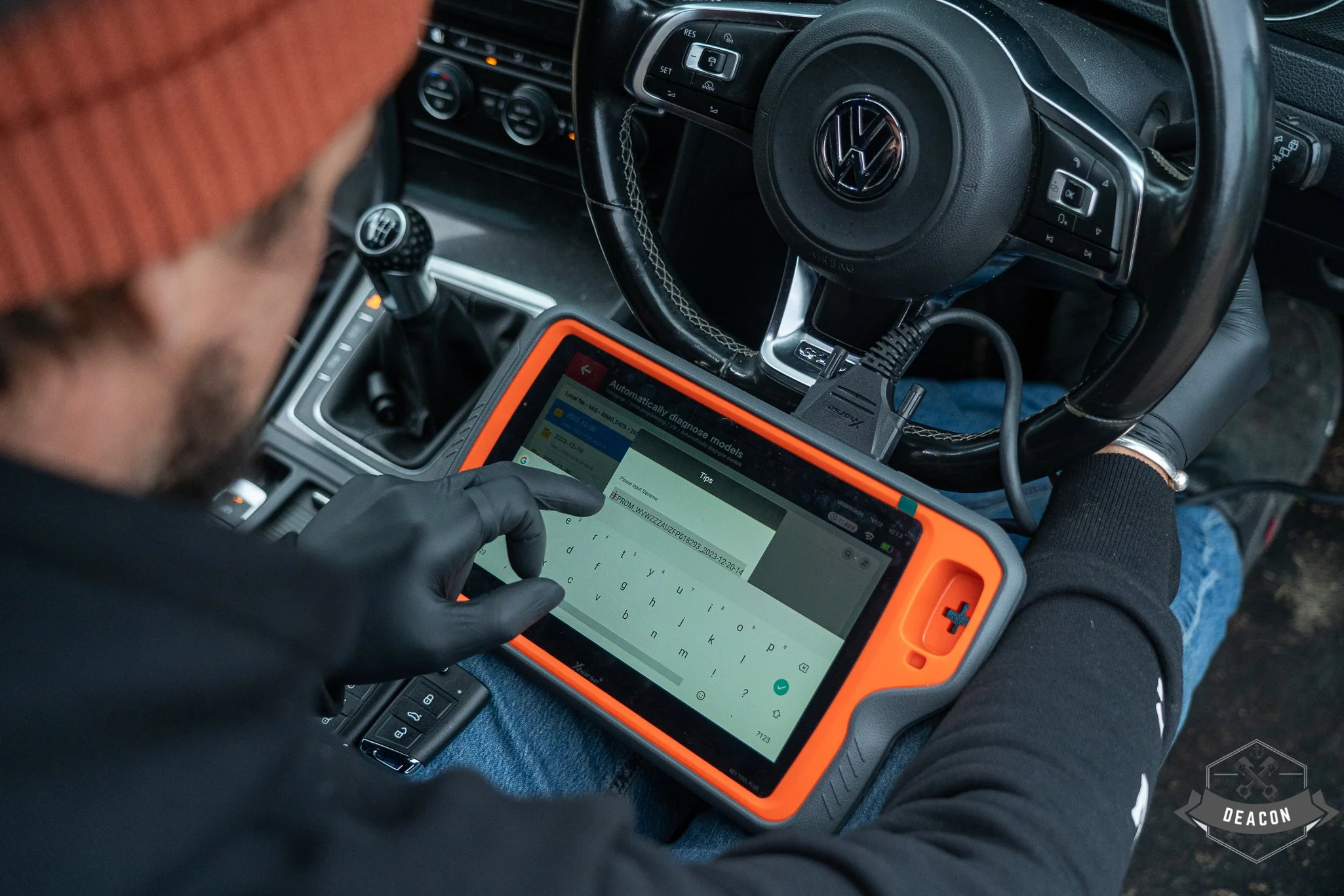Programming Immobiliser
Systems
At Deacon Automotive, we understand the importance of vehicle security. One vital component in ensuring the security of modern vehicles is the immobilizer system. An immobilizer is an electronic security device that provides protection against unauthorized vehicle access and theft. It works by preventing the engine from starting unless the correct key or key fob is present.
As technology advances, immobilizer systems have become more sophisticated and integrated with the vehicle's electronic control unit (ECU). Consequently, programming these immobilizer systems requires specialized knowledge and equipment.
The Programming Process
When a new key or key fob is added to a vehicle's immobilizer system, or when an existing key needs to be reprogrammed, a specific programming process must be followed. Here is a general outline of the steps involved in programming an immobilizer system:
1. Accessing the Immobilizer System: The first step is to establish communication between the programming equipment and the vehicle's immobilizer system. This can be done through a diagnostic port, direct connection to the ECU, or wirelessly, depending on the vehicle's make and model.
2. Verifying Security Access: Before any programming can take place, the technician must verify security access to ensure that the person attempting the programming has the necessary authority. This prevents unauthorized individuals from tampering with the immobilizer system.
3. Identifying Immobiliser Components: The programming equipment will scan and identify the specific immobilizer components in the vehicle, including the immobiliser control unit, keys, and transponders.
4. Entering Programming Mode: The technician must enter the programming mode of the immobilizer system, allowing for key addition, deletion, or reprogramming.
5. Adding, Deleting, or Reprogramming Keys: In this step, the technician follows the manufacturer's instructions to add new keys, delete lost or stolen keys from the system, or reprogram existing keys. This may involve inputting codes, using a key fob, or following a series of steps to authenticate each key.




